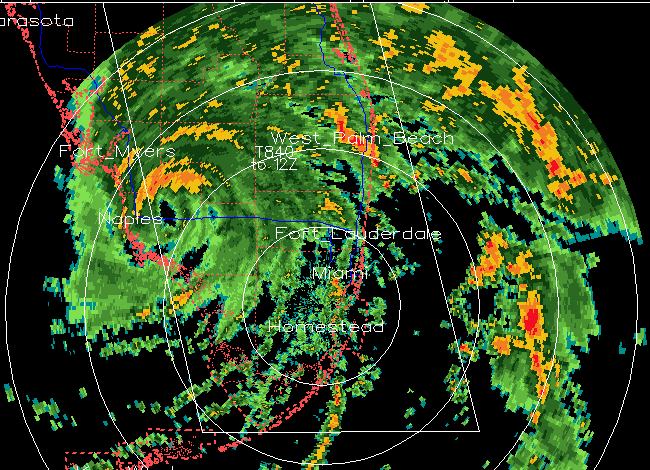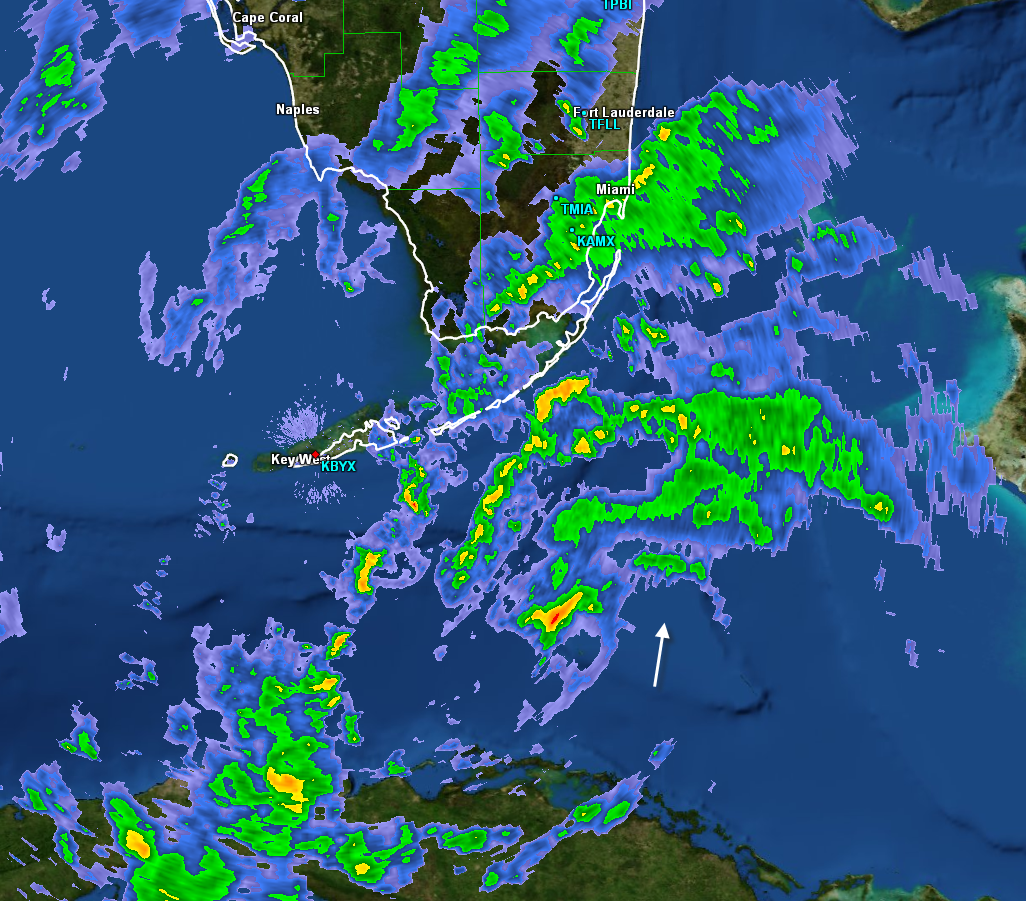

More traditional aircraft lack such stealth technology and must rely upon defensive countermeasures. In its roleīomber, the B-2 also avoids anti-aircraft technology by operating at very high altitudes. Using unusual designs, composite materials, and specialĬoatings, collectively referred to as "stealth" technology.

Some aircraft, such as the B-2, attempt toĪvoid detection by radar- and infrared-based early-warning systems Military aircraft are vulnerable to radar and heat-seeking missiles launched from ground-based sites and The answer lies not with meteorology, but withĪir Facility located near Key West, strategically known as the Gibraltar

If not precipitation, then what explains the Seems very likely that no precipitation fell over south Florida betweenġ5Z and 16Z on March 5, 2007. Only two specific observation points, when combined with the surface analysis and visible satellite imagery it Precipitation was observed during the entire twenty-four period.Īlthough the meteograms above summarize the conditions at The meteogram for Miami indicates more cloud cover, but confirms the Northerly winds were observed at Key West during the time of these radar The meteogram (below) confirms that only scattered clouds and gusty, Remains remarkably consistent as each drifts in an easterly directionĪnalysis valid at 12Z on Mashows an absence of frontal boundaries or other precipitation triggers near south Florida. You will note that the overall shape of the blobs of reflectivity Mouseover times toĪs you pass your mouse over the times of the various radar images, Imagery from NWS Key West on March 5, 2007.

Unusually linear bands of precipitation were present over southern At first glance, it appears that a collection of
#KEY WEST RADAR IN MOTION SERIES#
A tornado threat is possible, as well as three to five inches of rain by mid-week.The series of images below are Doppler radar base reflectivity scansįrom 1511Z to 1550Z on Mafrom the National Weather Service WPTV First Alert Weather chief meteorologist Steve Weagle said the outer bands of the storm will impact our area Tuesday and Wednesday. Ian will then emerge over the southeastern Gulf of Mexico on Tuesday, where it's expected to strengthen into a major Category 3 hurricane, then a Category 4 on Wednesday. Ian is expected to pass near or west of the Cayman Islands on Monday, and near or over western Cuba Monday night and early Tuesday. TRACKING THE TROPICS: Hurricane Center | Hurricane GuideĪccording to the NHC, a turn toward the north-northwest is expected on Monday, followed by a northward motion on Tuesday. Sunday, with Ian expected to make landfall around Florida's Big Bend on Thursday evening as a Category 1 hurricane with maximum sustained winds of 90 miles per hour.Įven though South Florida remains out of the cone, WPTV First Alert Weather meteorologist John Gerard said there is still a lot of uncertainty regarding the storm's eventual track. The latest forecast cone has shifted slightly east as of 11 p.m. All of Palm Beach County, the Treasure Coast, and Lake Okeechobee remain out of the cone of uncertainty.Īdditional strengthening is expected Sunday night, followed by more rapid strengthening on Monday and Tuesday, the NHC said. advisory from the National Hurricane Center, Ian is packing maximum sustained winds of 65 miles per hour and is moving northwest at 13 miles per hour.Ī tropical storm warning is now in effect for parts of the Florida Keys. Hurricane Ian strengthened early Monday morning and is forecast to become a major hurricane on Tuesday.Īccording to the 11 p.m.


 0 kommentar(er)
0 kommentar(er)
